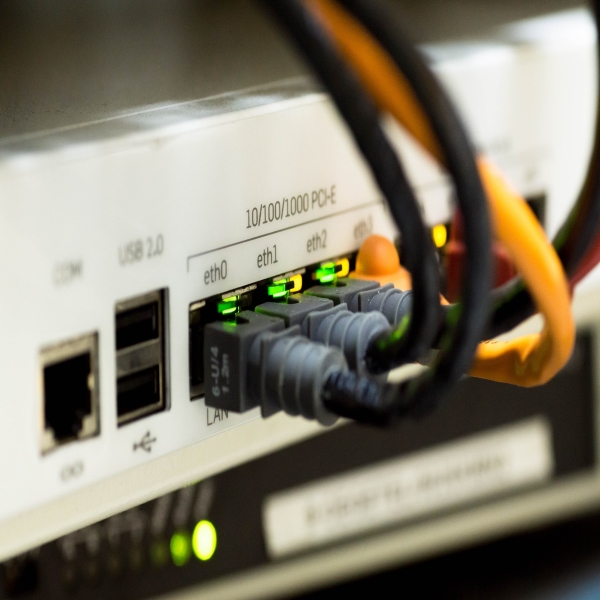Archives
- Newer posts
- April 2024
- November 2023
- October 2023
- August 2023
- May 2023
- February 2023
- October 2022
- August 2022
- July 2022
- May 2022
- April 2022
- March 2022
- February 2022
- June 2020
- March 2020
- February 2020
- January 2020
- December 2019
- November 2019
- October 2019
- September 2019
- August 2019
- July 2019
- June 2019
- May 2019
- April 2019
- March 2019
- February 2019
- January 2019
- December 2018
- November 2018
- October 2018
- September 2018
- August 2018
- July 2018
- June 2018
- May 2018
- April 2018
- March 2018
- February 2018
- January 2018
- December 2017
- November 2017
- October 2017
- September 2017
- August 2017
- July 2017
- June 2017
- May 2017
- April 2017
- March 2017
- February 2017
- January 2017
- August 2016
- June 2016
- April 2016
- March 2016
- February 2016
- January 2016
- July 2015
- June 2015
- Older posts

Handling Internet Connectivity in React
Most of us in today’s world rely on the internet for shopping, entertainment, searching for any information, etc. But what if we are travelling somewhere and we want to do all that stuff on the go? There might be areas where the internet connectivity is poor or there might be no connectivity at all. Let’s take the example of a music app. Let’s just say we are streaming music online via an app and all of a sudden, the network drops and the music stops playing, we will have to wait for the app to connect to the internet and play the rest of the song. But what if the app was able to cache the songs from the playlist and play the songs from the cache?
We can achieve something similar to this in react by making the use of browser cache and service worker. In order to make this work, we need to make this an “offline first” app. An offline first app is an app whose core functionality works even in the absence of a network connection.
When we create a react app using create-react-app command (assuming we have all the requirements to run react app on our system), the app will contain a file called “service-worker.js”. We need to enable this service worker in order to cache the necessary files. This can be done just by editing a line of code. All we need to do is open a file named “index.js” from the “src” directory, search for “serviceWorker.unregister()” and change it to “serviceWorker.register()”. Once we are done with that, all we need to do is create a build of the app by typing the command “npm run build” in the cmd terminal. The next command that we need to type is “serve ./build”. But In order to use the serve command, we need to install the serve package for our app. We can simply do that by running “npm i serve” in our terminal. After installing that package we can run “serve ./build”. What serve command does is it runs the app in a production environment whereas the normal command that is npm start runs the app in a development environment. And the default service worker works in the production environment.
Once we run the “serve ./build” command, the app will be served cache first by the service worker and the app will be able to work offline. However, there might be cases wherein the app needs to get data from the user, for example, filling up a form. In cases like these we can make use of another package called “react-detect-offline”. It has a component called “Detector” which detects if your app is connected to the internet. With the help of this component, we can check if the app is offline and make the use of local storage or indexed db to store the form data locally. The detector component will automatically detect if the app is connected back to the internet, and once the detector detects internet connectivity, we can immediately send the local data to the server. The “react-detect-offline” package can also be used to display content or style your content based on your network connectivity (connected/disconnected).
If an app is likely to be used in poor network areas or while travelling then it’s probably best to go with an “Offline first” approach. It will make the app more reliable and responsive and the contents can be updated whenever required.
